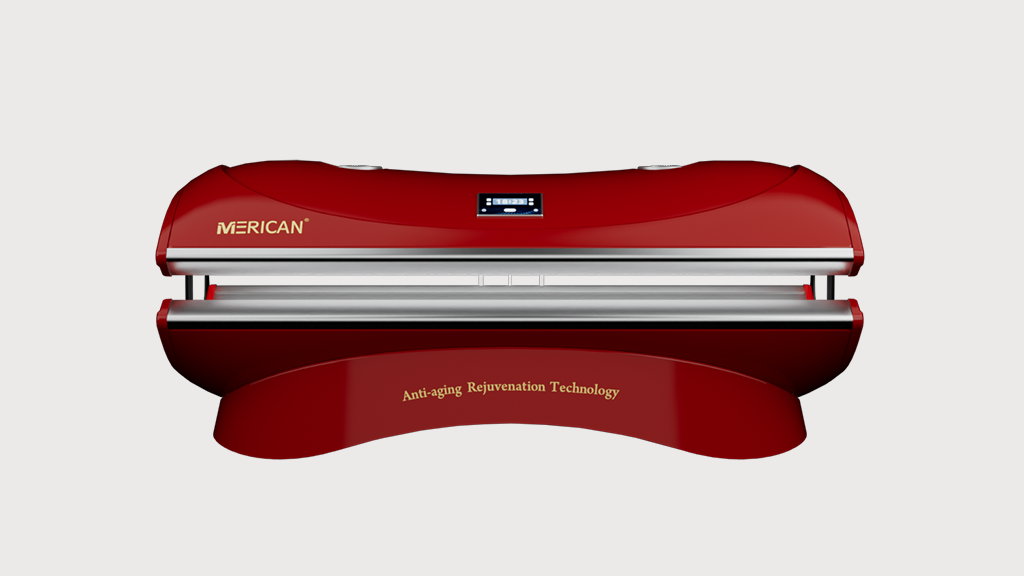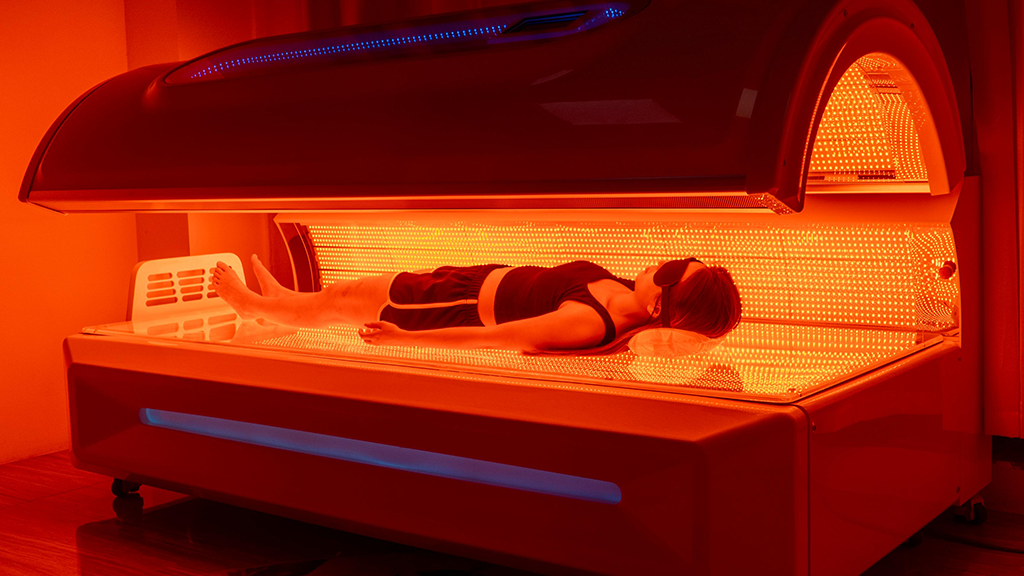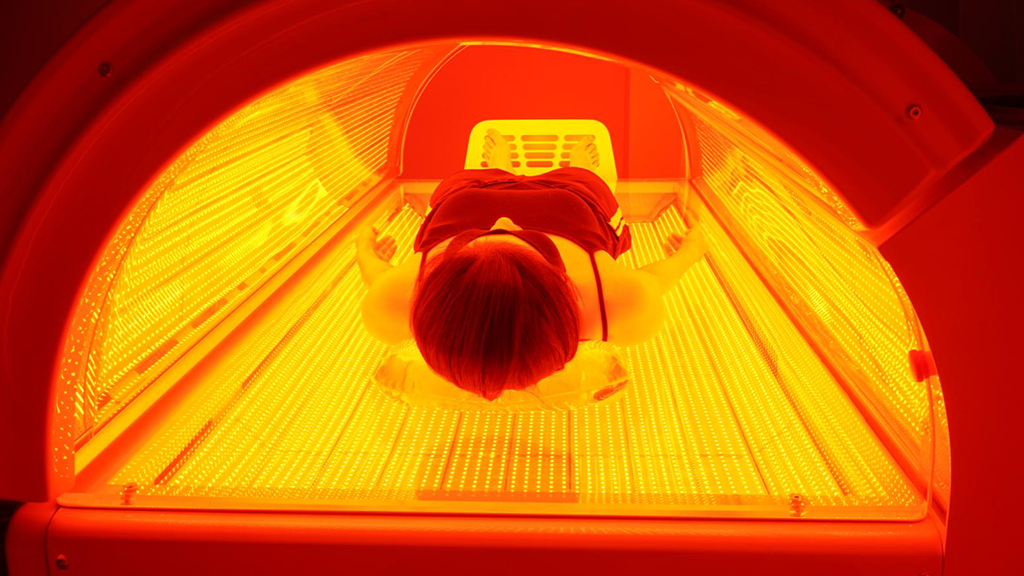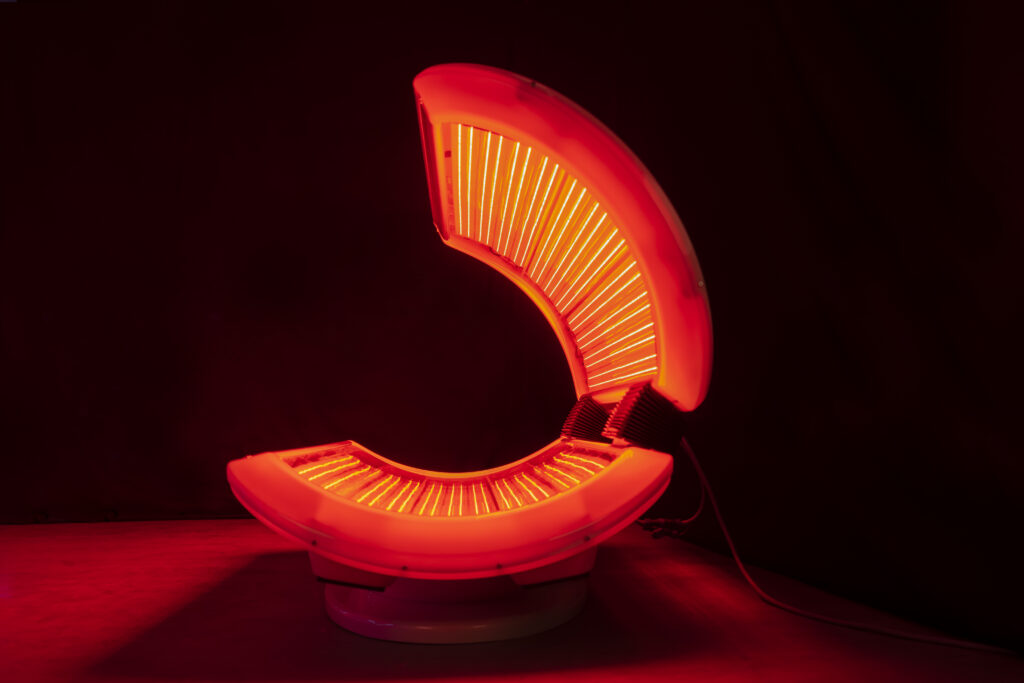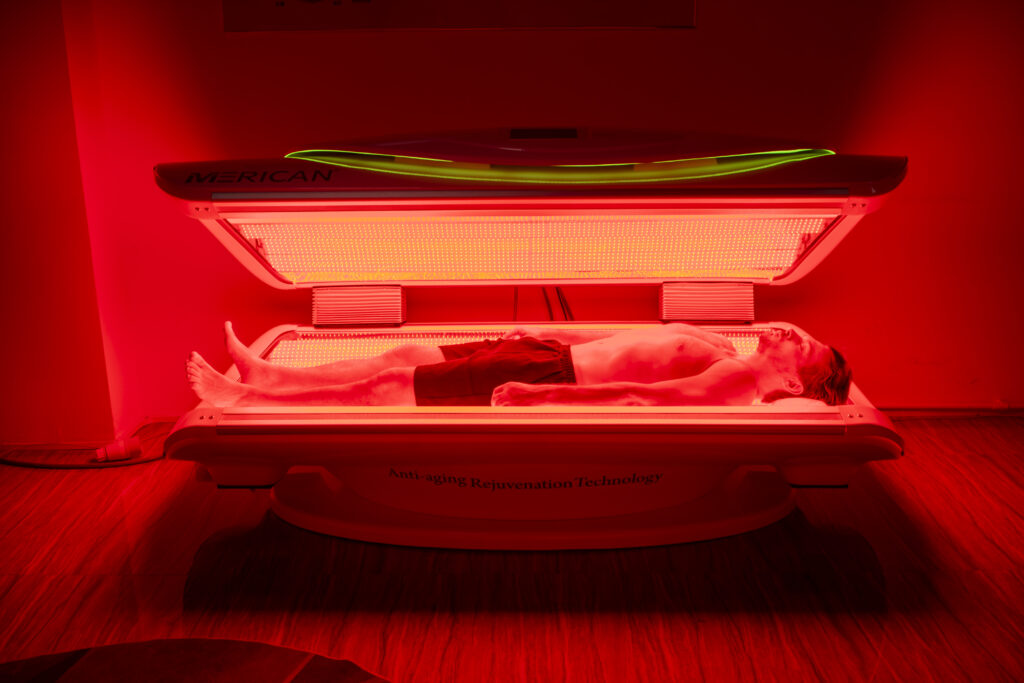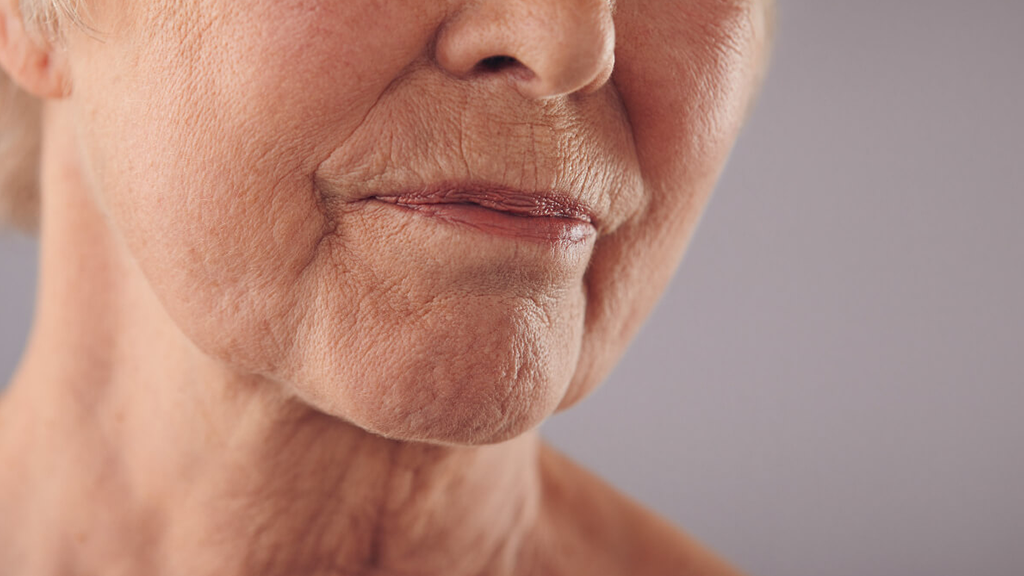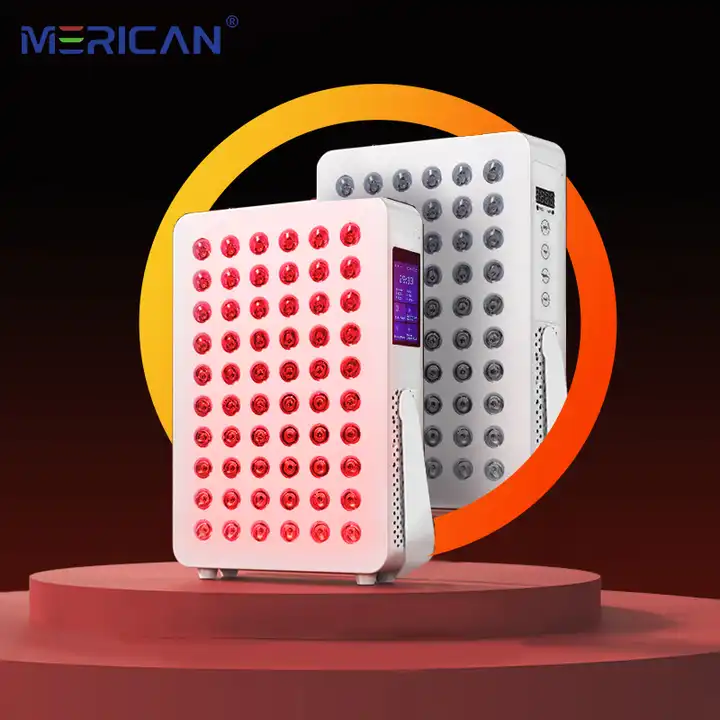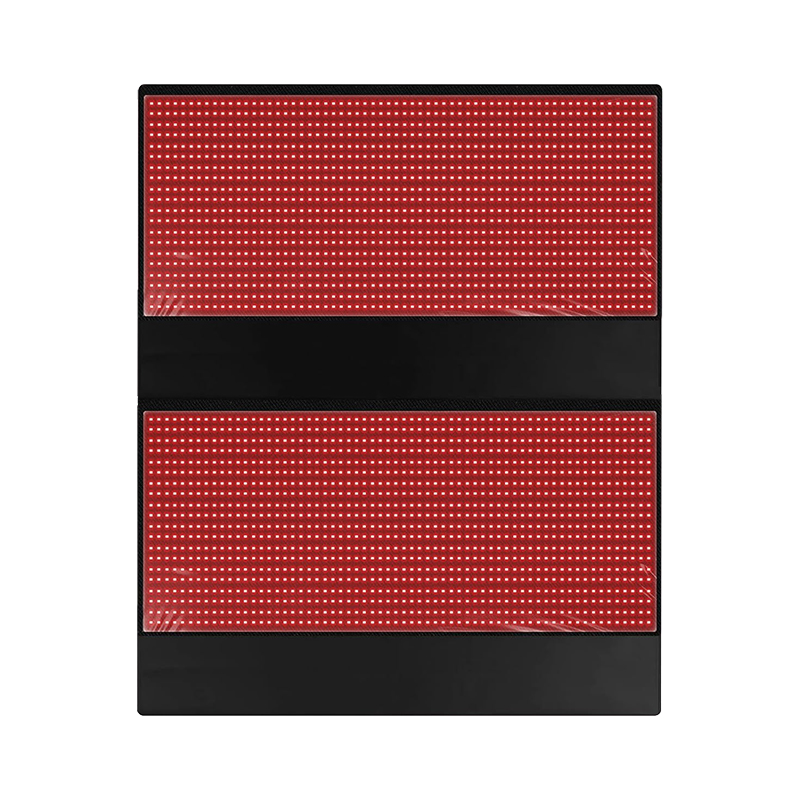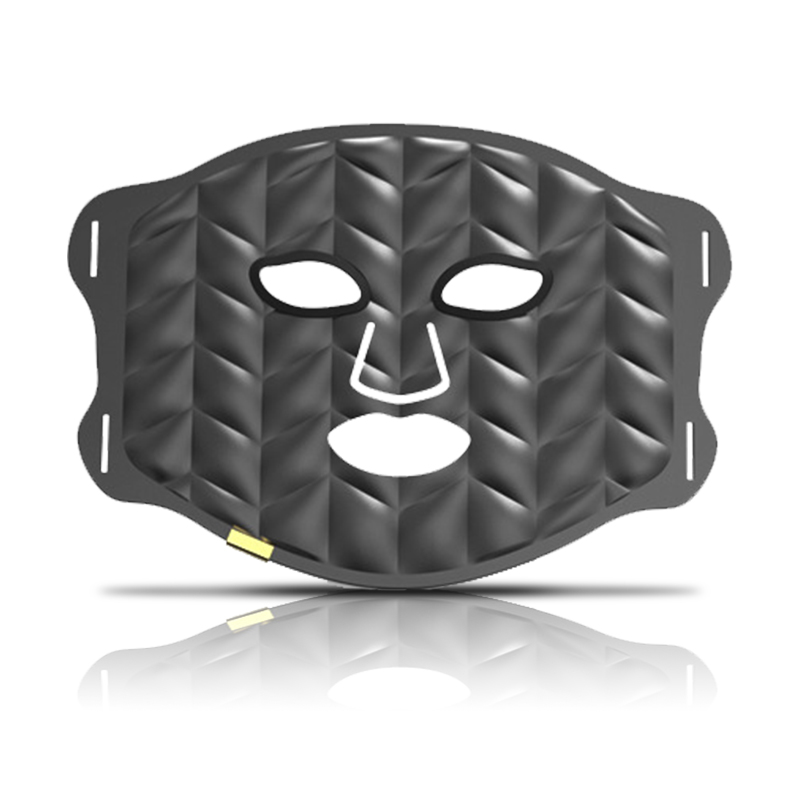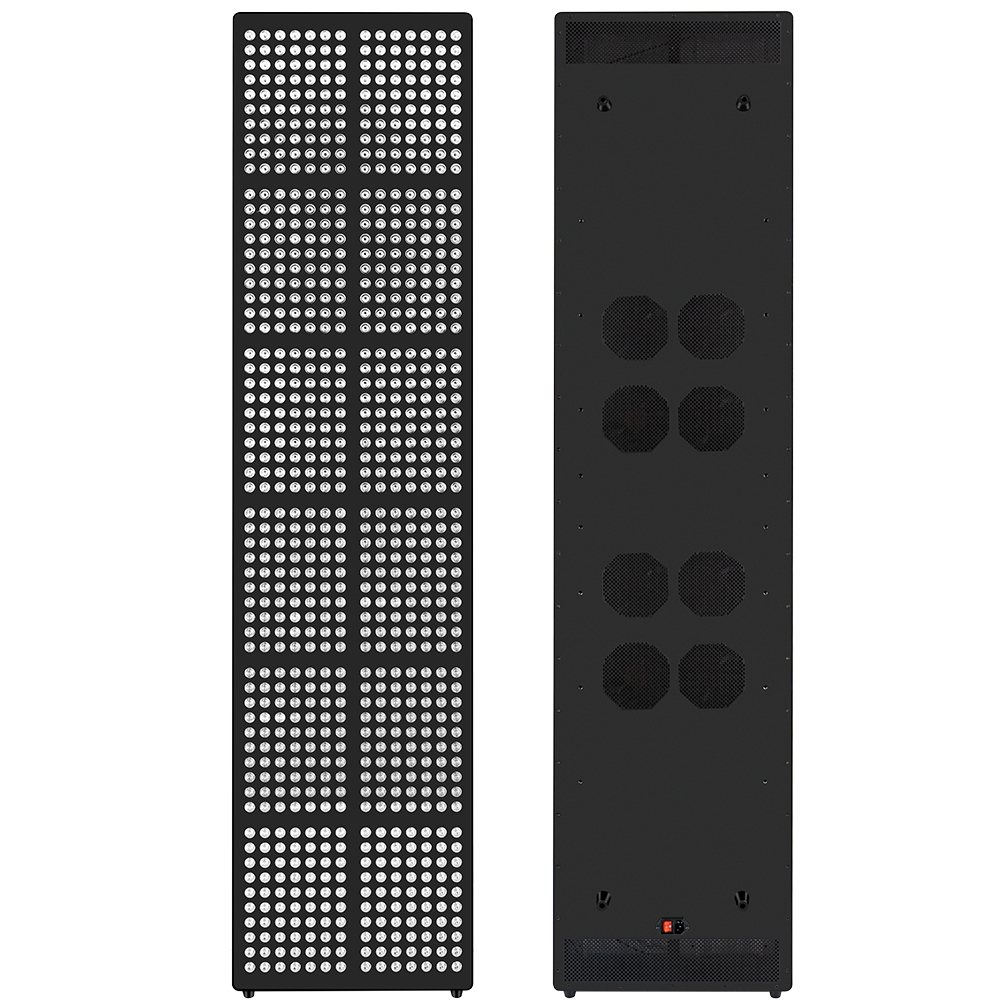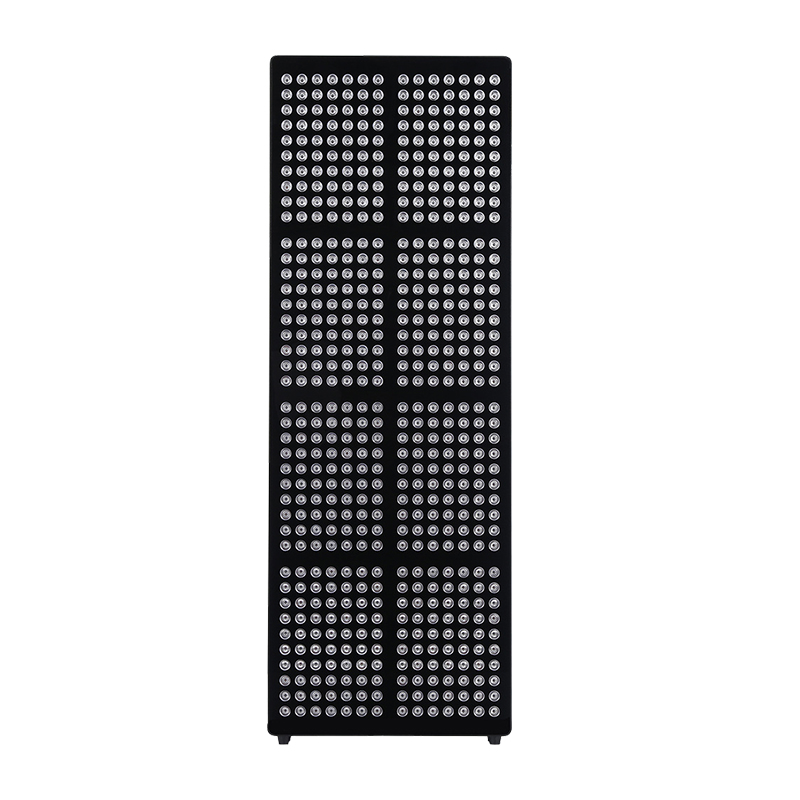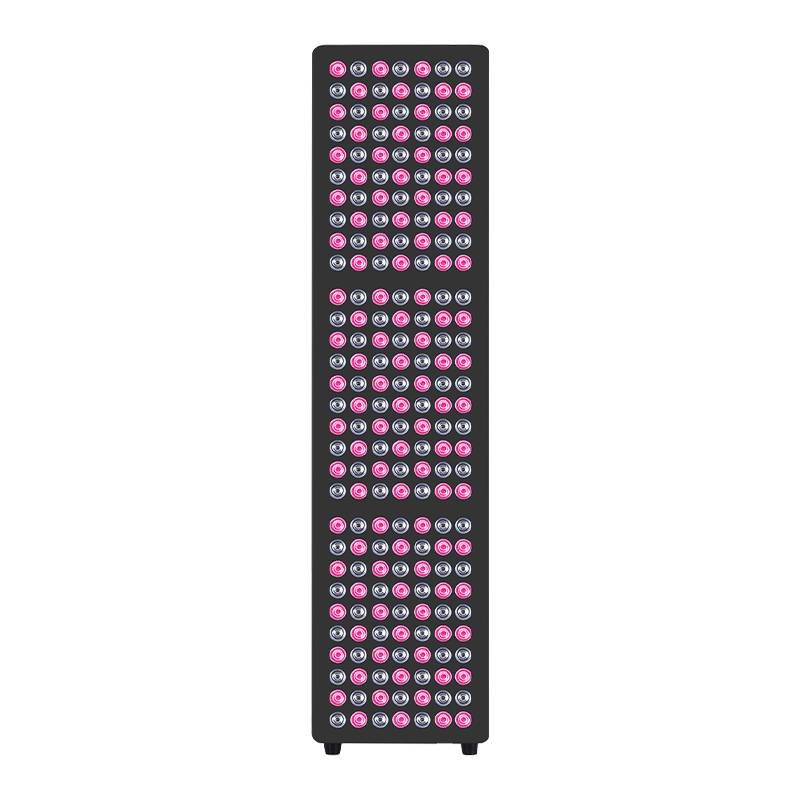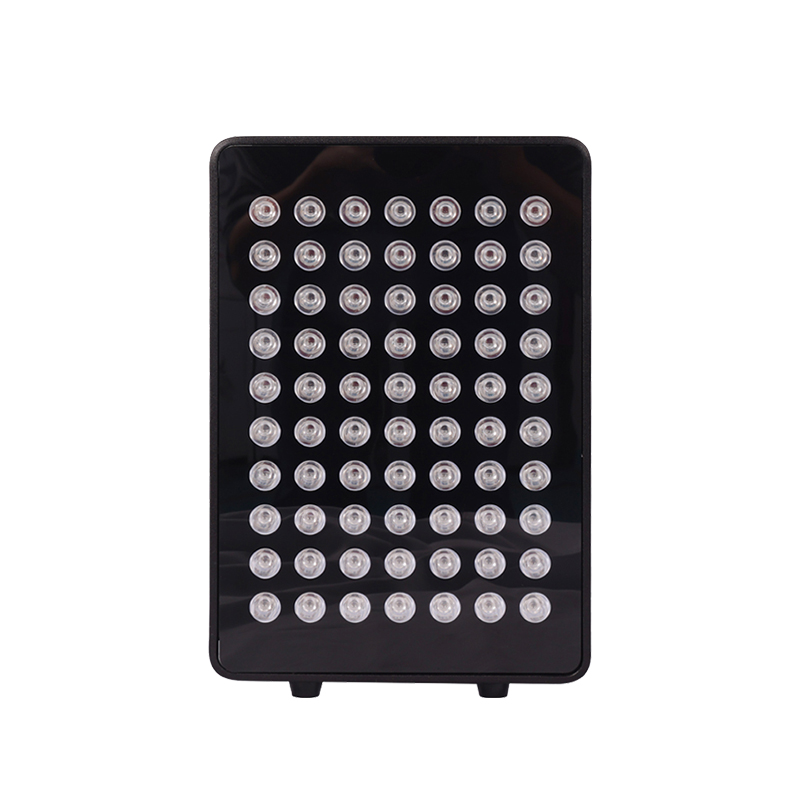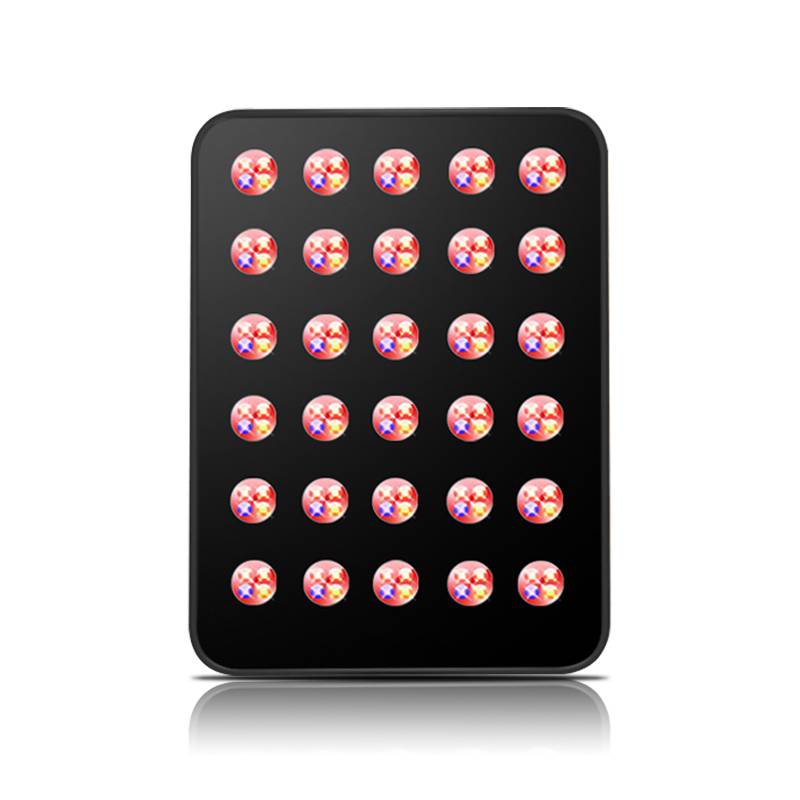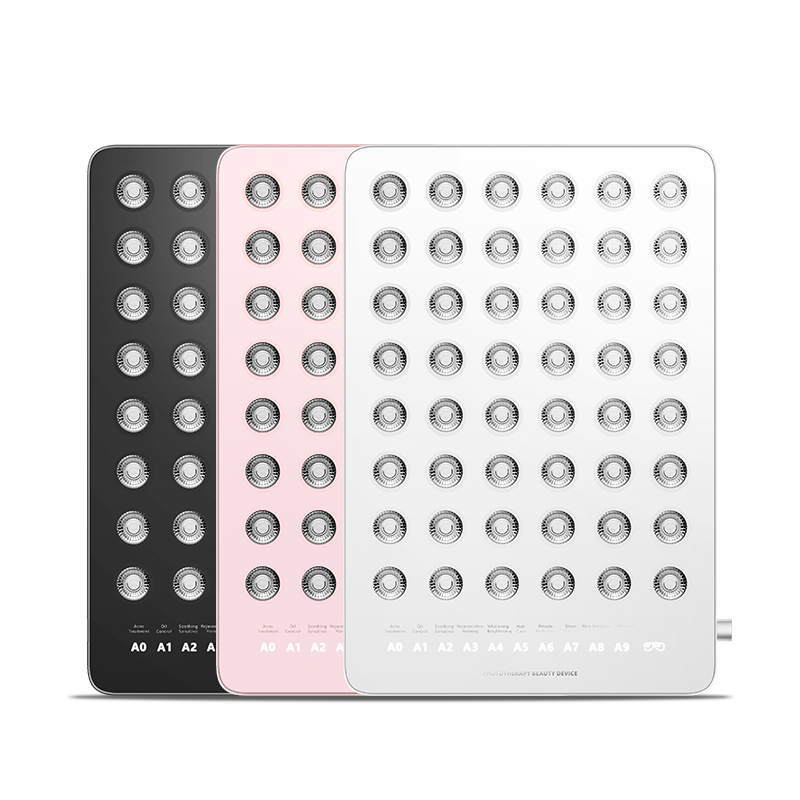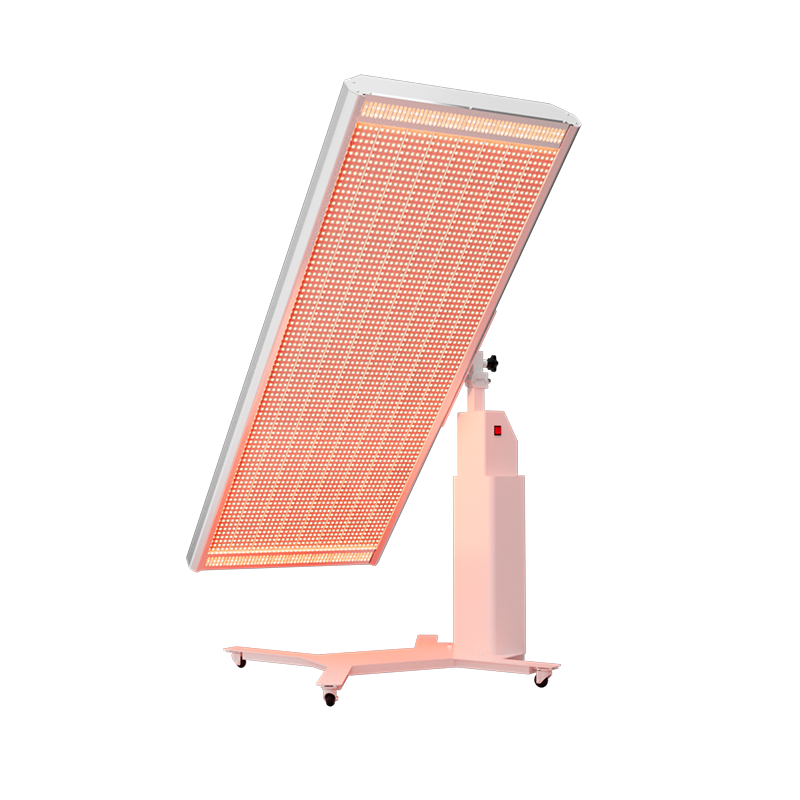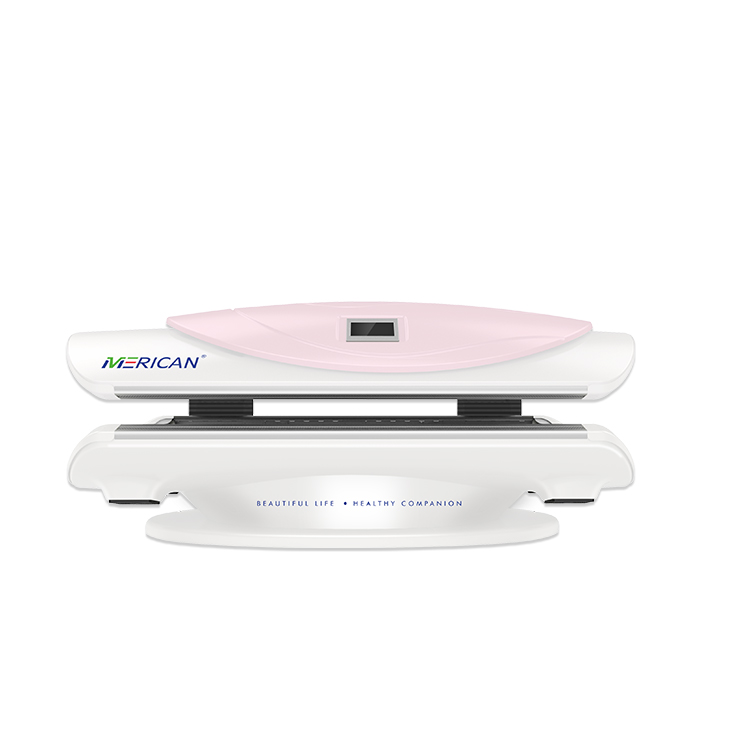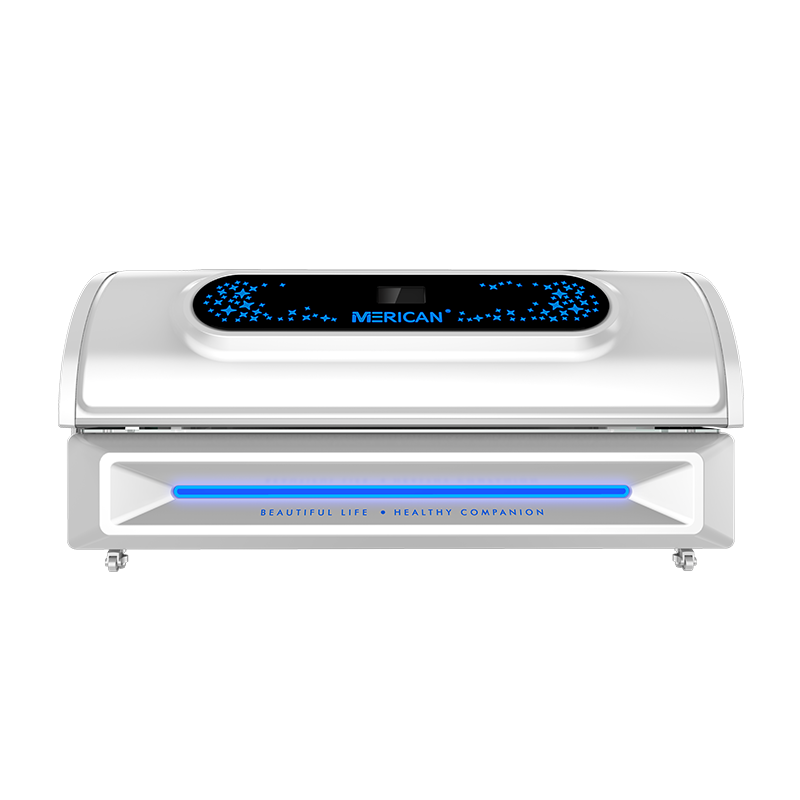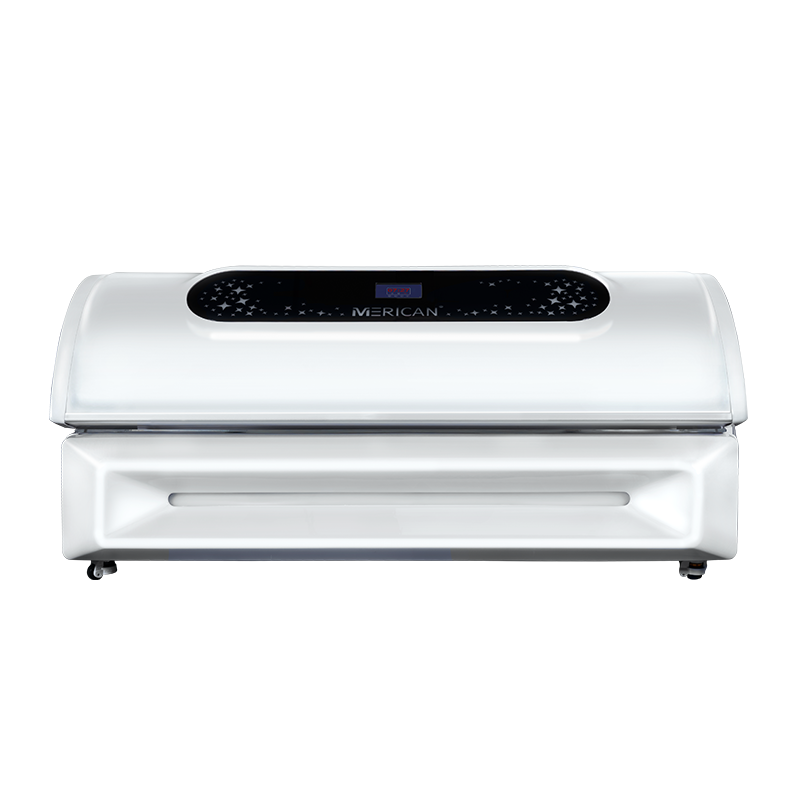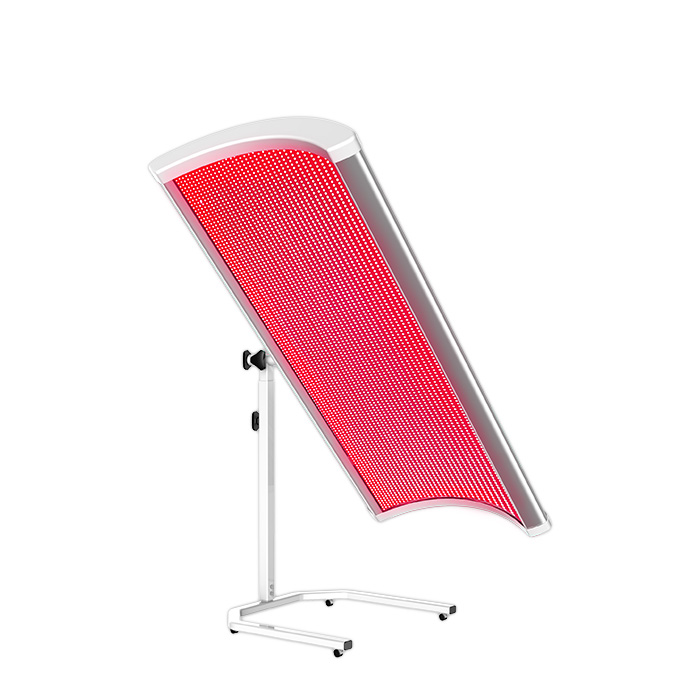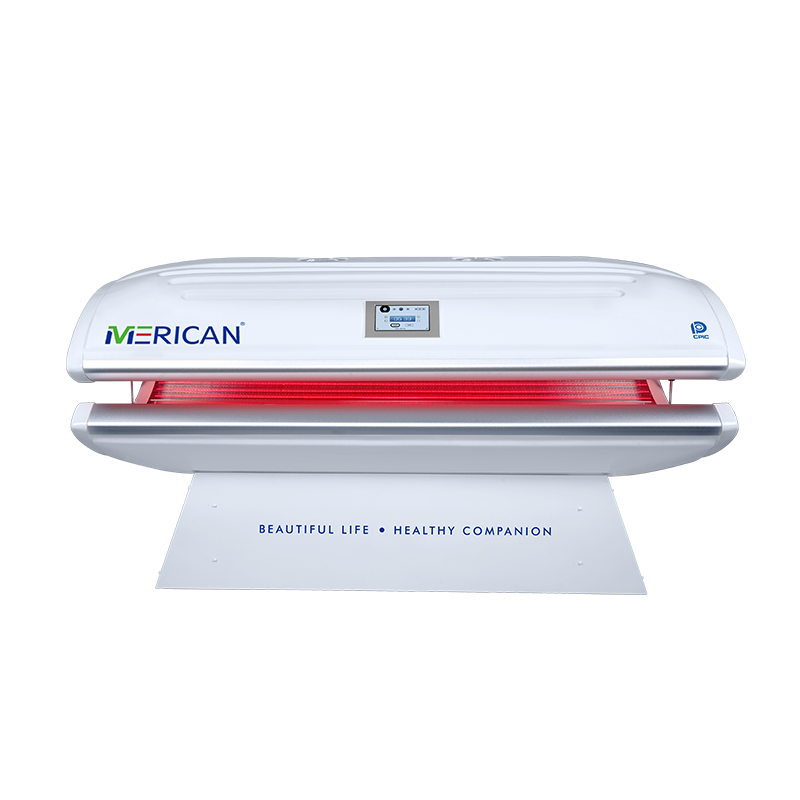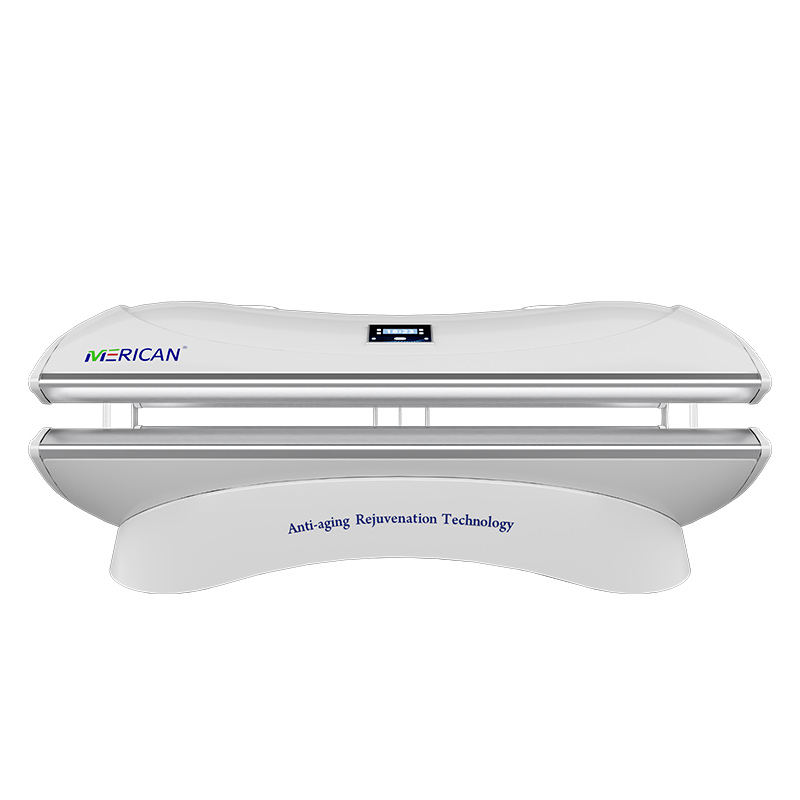1. Can red light therapy treat cancer?
No. Red light therapy cannot treat or cure cancer. It does not kill or shrink cancer cells. Instead, it is used as a supportive therapy to help manage side effects such as pain, inflammation, or skin irritation during cancer treatment.
2. Is red light therapy safe for cancer patients?
Yes, when used under medical supervision. Red light therapy is non-invasive, UV-free, and drug-free, but patients should always consult their oncologist before beginning any light-based therapy, especially if they are undergoing chemotherapy or radiation.
3. Can I use red light therapy during chemotherapy or radiation?
Possibly. In some cases, doctors may recommend red light therapy to reduce oral mucositis, fatigue, or skin discomfort caused by cancer treatments. However, it must be used under medical guidance to ensure safety and proper timing.
4. Does red light therapy increase cancer risk?
No. Red light therapy uses low-level visible and near-infrared light, not ultraviolet (UV) light, which means it does not cause DNA damage or increase cancer risk.
5. Can red light therapy be used over a tumor site?
Generally, no. It’s not recommended to apply red light therapy directly over active tumors unless specifically cleared by a medical professional. RLT should focus on non-tumor areas for symptom relief or recovery support.
6. How does red light therapy help cancer patients?
Red light therapy can help reduce treatment-related pain, inflammation, and fatigue, and support wound healing after surgery or radiation. It’s especially effective for oral mucositis—a common side effect of chemotherapy and radiation therapy.
7. What is photobiomodulation therapy (PBM), and how is it related?
Photobiomodulation (PBM) is the scientific term for red light therapy. It refers to the use of specific light wavelengths to stimulate cell repair, reduce inflammation, and promote healing. Many clinical studies on cancer patients use PBM to relieve side effects.
8. How often should cancer patients use red light therapy?
Treatment frequency varies by individual condition and medical advice. In supportive care, sessions typically range from 3–5 times per week, lasting 10–20 minutes per area. Always follow your healthcare provider’s recommendation.
9. Are there clinical studies supporting red light therapy for cancer patients?
Yes. Multiple studies published in journals like Supportive Care in Cancer and Lasers in Medical Science confirm that photobiomodulation therapy can reduce oral mucositis pain, improve tissue repair, and enhance quality of life for patients undergoing cancer therapy.
10. Why choose MERICAN red light therapy systems?
MERICAN integrates NASA-developed light technology and precision wavelength control to ensure safe, consistent, and medically recommended light output. Our devices are used worldwide in wellness centers, recovery clinics, and rehabilitation settings to support comfort, circulation, and skin healing—all while maintaining the highest safety standards.

